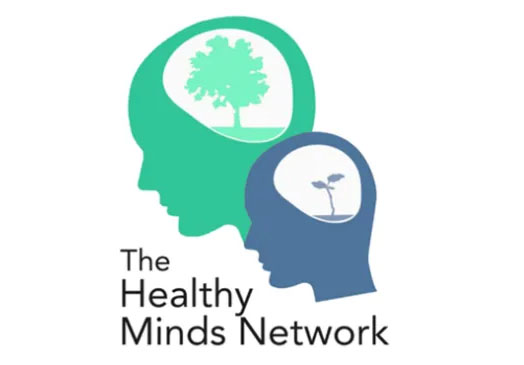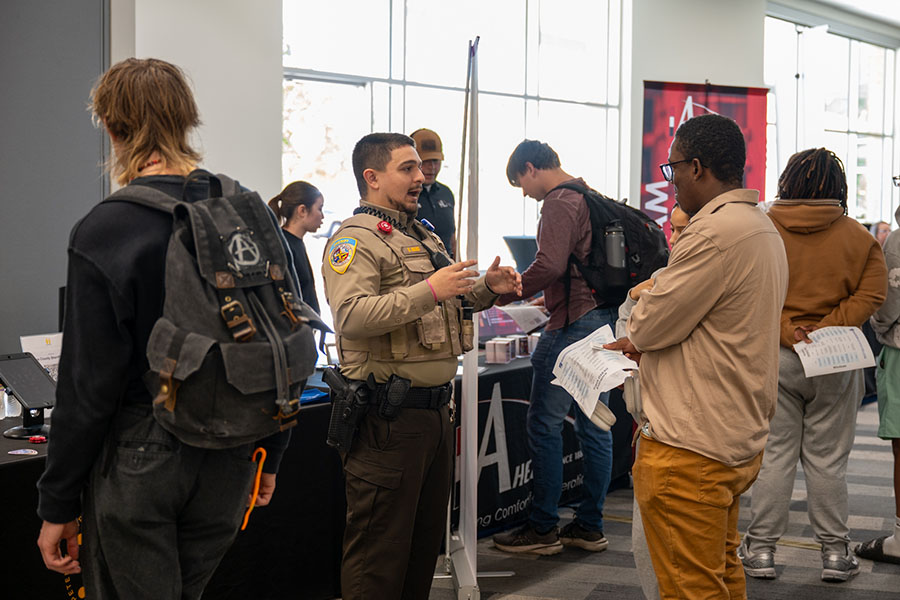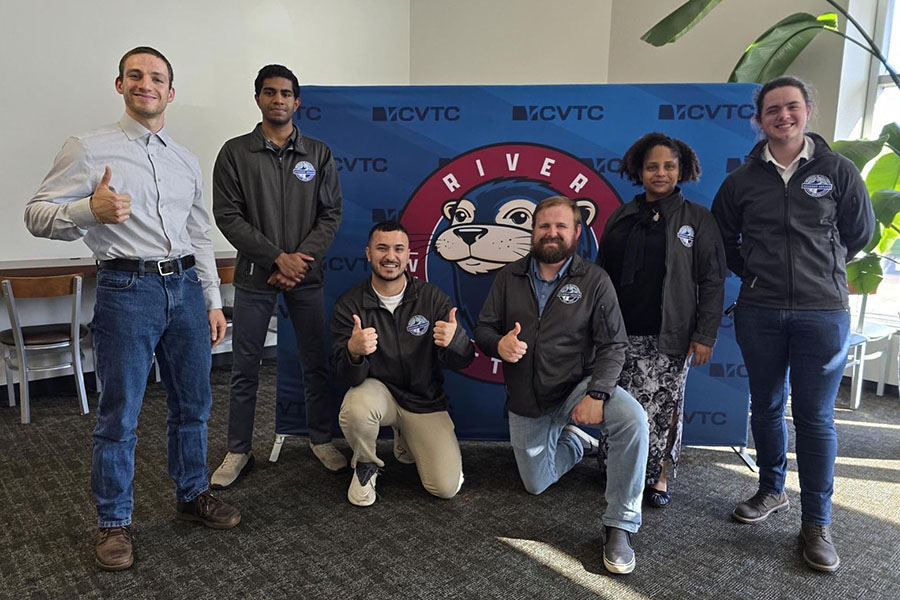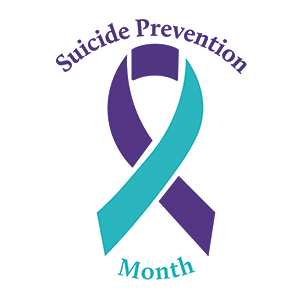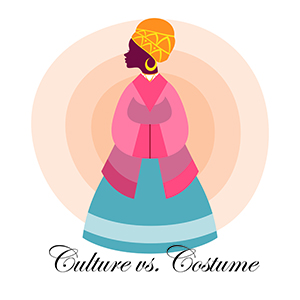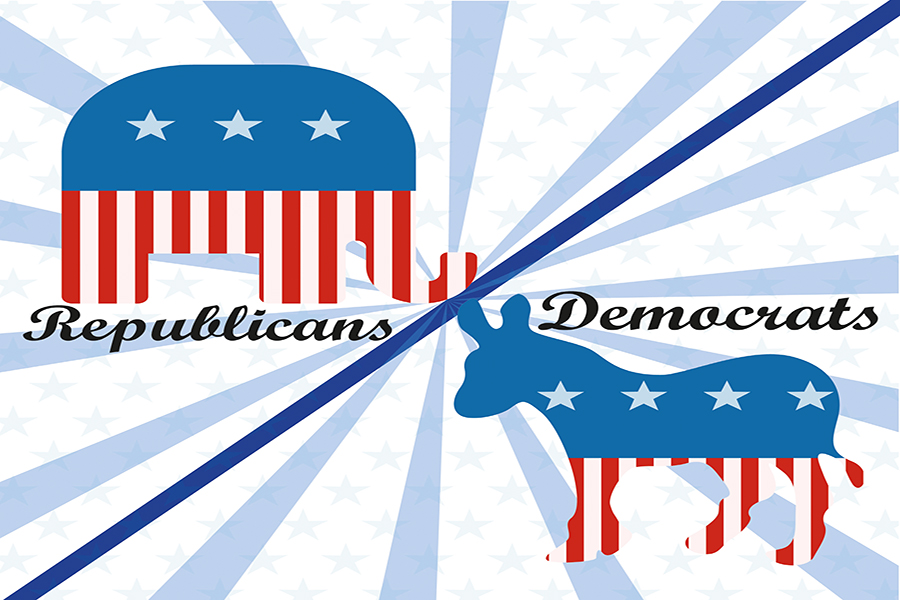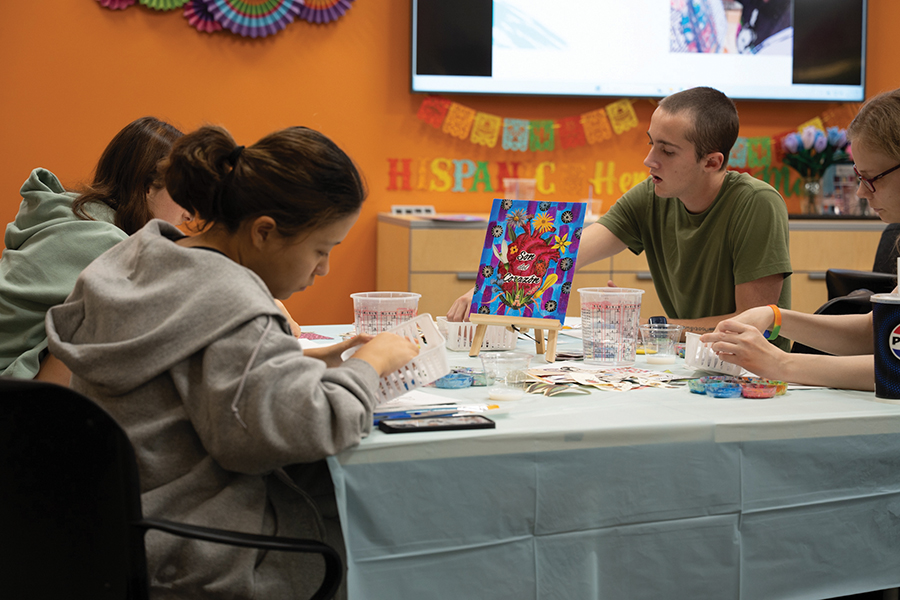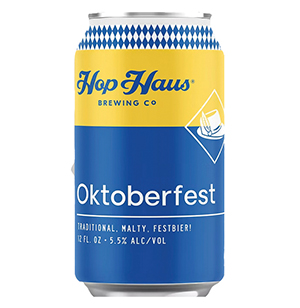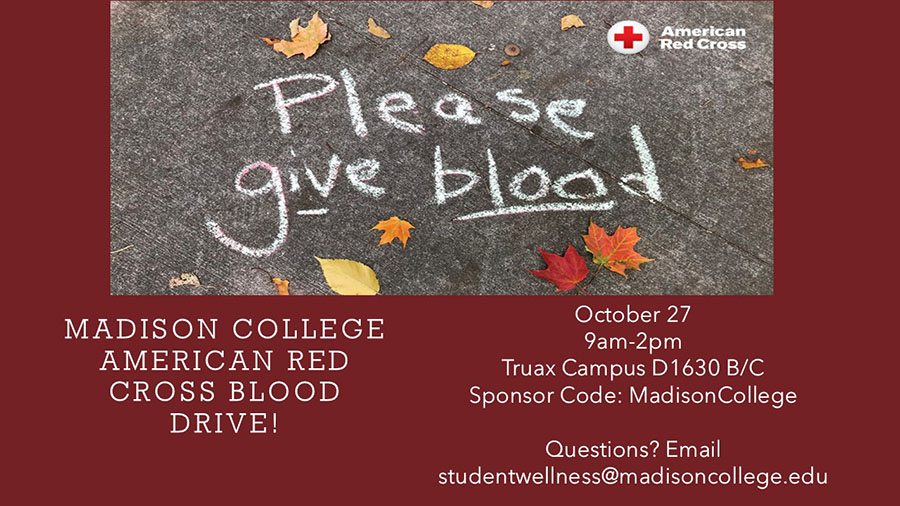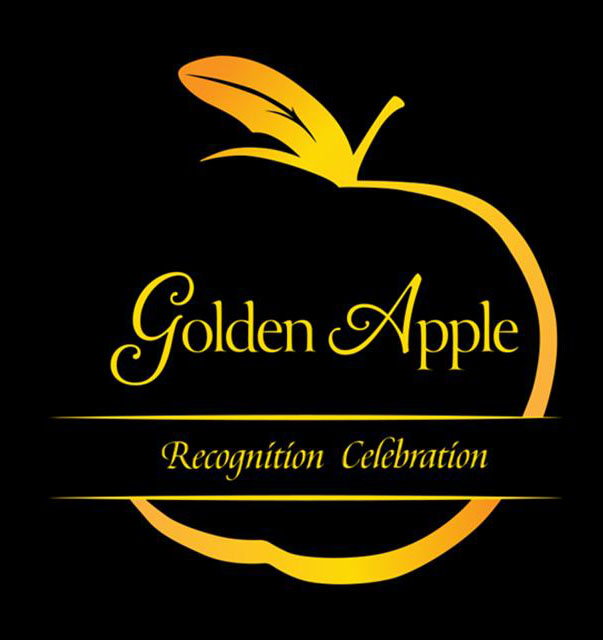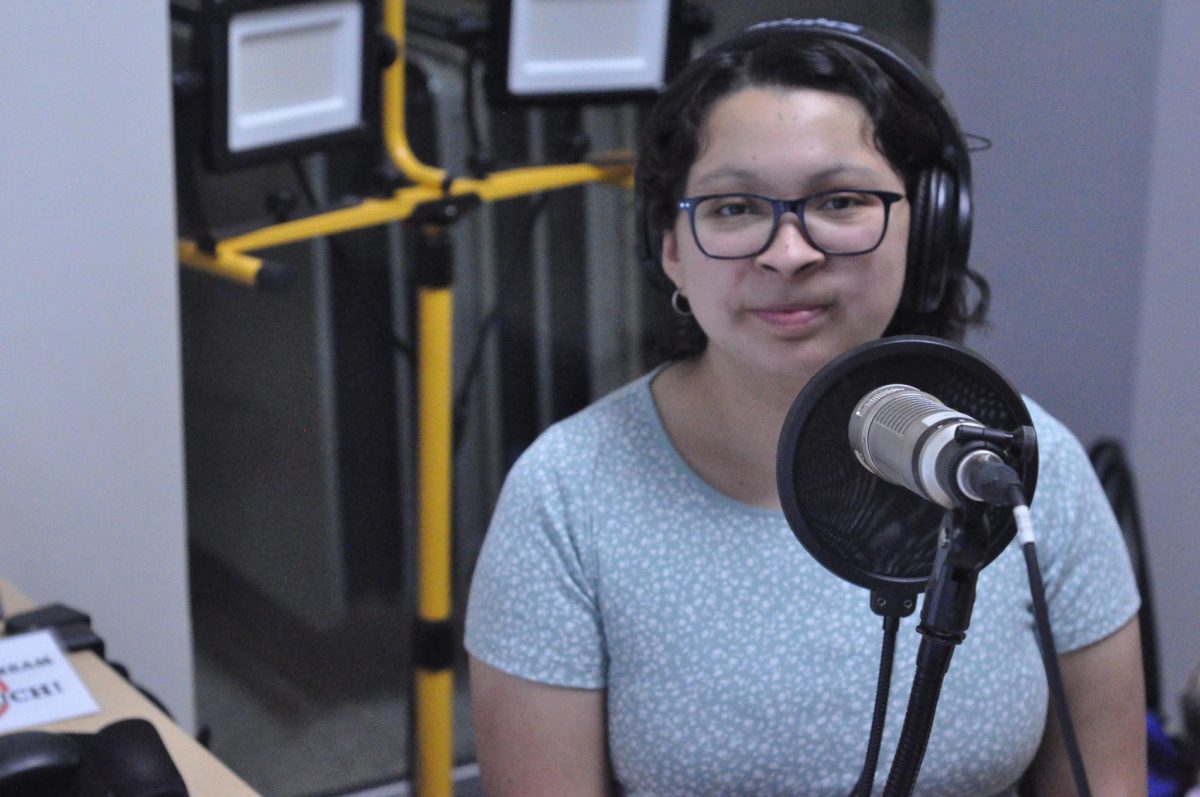In fall 2014, Madison College will introduce a new math pathway for students in programs that don’t require anything higher than a Quantitative Reasoning course. This “Quantitative Math Pathway” consists of two courses: Quantitative Literacy and Quantitative Reasoning. The two-semester program is faster and more affordable than the current option that many students struggle through, which consists of Elementary Algebra, Intermediate Algebra and College Algebra.
Math instructor and key initiator of this pathway’s introduction to Madison College, Bethany Sansing-Helton, said this course is perfect for those people who are “math-phobic” or know that they are moving on to a four-year program that does not require a calculus or statistics course.
Sansing-Helton attended a conference in California during the summer of 2013. At the conference, she learned about this pathway, constructed by the Carnegie Foundation for the Advancement of Teaching. She brought what she learned back to the college, intending to propose a system that provides a benefit for many students.
The instructor, who used to work as an engineer, says that this solution is reminiscent to her past profession. “When we worked with rockets, the government would always say that everything had to be better, faster and cheaper … I really feel like this pathway is going to be better and faster and cheaper for the right students.”
Inspired by the idea, Sansing-Helton corralled a group of faculty members Sarah Bannen, Pam Larsen, John Grade and George Alexander – two deans Kevin Mirus and Todd Stebbins, one academic adviser Gilbert Villalpando and a representative from Institutional Research Effectiveness (IRE) Tom Heaney. This group presented the idea to President Jack Daniels and Provost Terry Webb in October 2013. Daniels and Webb enthusiastically approved the idea.
The College ended up partnering with the Carnegie Foundation for the first two years of the program. This means that administrators will have access to statistics, which benchmark us against the other nine states that will have adopted the pathway by fall. Also, instructors are able to receive training and professional development to learn to teach these specific courses. In addition, this means that students’ textbook and software costs are cut to less than $40 because the only cost comes from duplicating fees.
“Our goal is to have students who can interact in the world with a quantitative mind and feel confident and comfortable doing it,” says Sansing Helton.
Instructors involved with the pathway have been receiving positive responses from students for whom it applies.
Chantilly Schroedl is a Liberal Arts Transfer student in her second semester at Madison College who would appreciate the pathway’s real-life applications.
“I feel like it’s going to be really beneficial to learn real world math and be able to use it in everyday life,” she says.
She displays a common frustration that most non-math focused students feel in their Algebra classes. “You run through all of these equations and you never find yourself using them,” Schroedl said.
Student Senate Vice President Caroline Russell, who was also a student of Sansing-Helton’s, was very excited about the idea and even invited the instructor to a Senate meeting on Feb. 20. After Sansing-Helton presented the idea, members of the Senate displayed a positive outlook for the pathway and the benefits it provides for the student body.
Quantitative Literacy, which teaches students to interpret numerical relationships and adopt tools to support the use of mathematical information, is the pre-requisite to Quantitative Reasoning.
“Quantitative Reasoning is about helping someone think mathematically: reasoning with numbers,” Sansing-Helton said.
While Quantitative Reasoning has been offered at Madison College before, Quantitative Literacy is a brand new course. The two classes are taught in an activity-based format with a strong emphasis on community learning.
Sansing Helton says students will have the opportunity to go through the pathway as a cohort, meaning that specific instructors will teach consecutive classes in the same day and time slot. This allows students to build a longer-term, team-like dynamic that is often a key aspect of many professions.
In fact, another central theme of the Quantitative Literacy Pathway is real-world applicability. Questions and units will come from real situations like evaluating credit card offers and critically thinking about the vague statistics often seen in advertisements and news articles.
“Productive struggle,” as Sansing Helton puts it, is another unique element of the class. Quantitative Literacy instructors are encouraged to give little bits of guidance here and there, while ultimately letting the students figure problems out by themselves and in groups.
Sansing-Helton is excited about the psychological aspect of the class and its ability to improve students’ confidence so that they are aware of their capabilities to critically observe the world’s mathematic components.
“I really think this class is going to make better citizens,” and with a smile, she admits, “I have big dreams for this class.”

